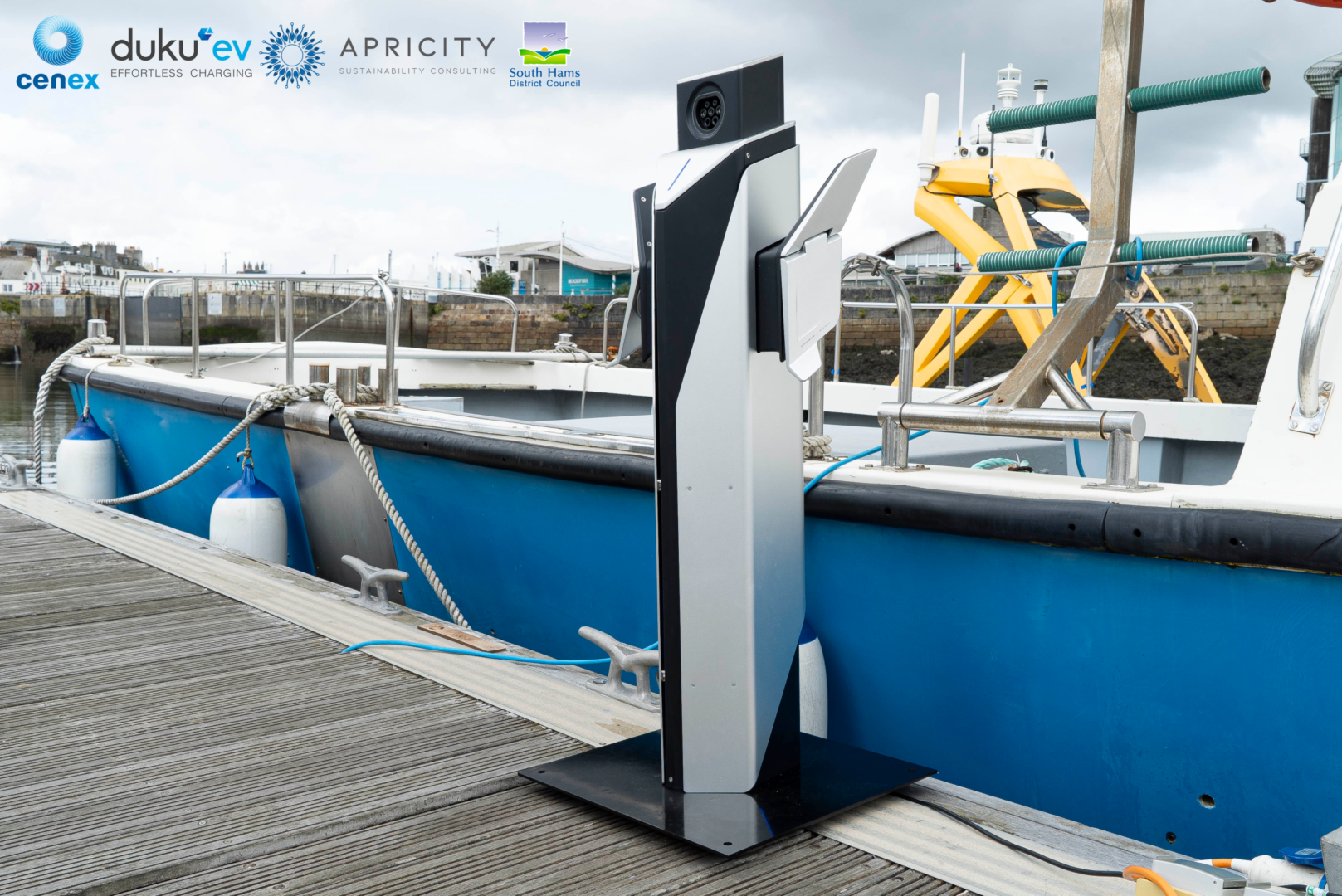
Leading the Charge: Marine EV Infrastructure
Project
Project Brief
The ‘Leading the Charge: Best Practices for Marine EV Infrastructure – LTC’ is part of the Clean Maritime Demonstration Competition Round 6 (CMDCG), funded by UK Government through the UK Shipping Office for Reducing Emissions (UK SHORE) programme in the Department for Transport.
The project aims to establish the UK’s first practical standards for safe and reliable marine EV charging. It will provide clear guidelines and initial hardware concepts specifically designed for the unique conditions found in coastal and inland waterways. By aligning technical standards with the actual needs of users, “Leading the Charge” will empower operators to confidently electrify smaller vessels (up to 12 meters in length), facilitating the broader transition to zero-emission maritime operations.
The Challenge
The maritime sector is prepared to decarbonise, but the lack of marine-specific charging standards is impeding progress. Existing on-road EV charging regulations do not address the unique challenges of marine environments, such as saltwater exposure, vessel movement, pontoon designs, and tidal variations.
As a result, smaller vessel operators face uncertainty, delays, and higher costs when trying to implement electric charging infrastructure due to the absence of clear and trusted guidelines. This lack of standards restricts innovation and hampers the electrification of both leisure and commercial crafts.
The Solution
Leading the Charge brings together expertise from across the transport, sustainability, and energy sectors to:
- Set the blueprint: Develop coordinated, marine-specific guidance with a route to an IET Code of Practice, covering siting, electrical safety and protection, operation around saltwater, and maintenance.
- Design what good looks like: Create early AC/DC hardware concepts for shoreside and inland sites, borrowing the best from automotive while addressing marine realities (movement while connected, ingress protection, corrosion resistance, isolation and emergency disconnect).
- Prove it with users: Co-design and test with Salcombe Harbour (South Hams District Council) and the Canal & River Trust (CRT) to ensure solutions are practical, affordable and replicable across the UK network.
- Build for scale and sustainability: Use life-cycle thinking to set embodied-carbon targets and inform materials and supply-chain choices, readying concepts for commercial uptake.
- Delivery: Iterative design in CAD, progressing to Technology Readiness Level 3 (TRL3) prototypes for stakeholder testing and feedback, supporting commercialisation planning.
Cenex combines independent standards and regulatory expertise with practical experience in deploying EV charging solutions. By convening the right partners (including the IET and end-users) we can translate complex requirements into clear guidance. This approach will transform R&D into actionable solutions for the sector, supported by robust evidence gathered from real-world operations.
The Change
- For harbours and waterways: Clear rules of the road for marine charging that cut risk, speed approvals and improve safety.
- For vessel owners and operators: Reliable, right-sized charging access that accelerates the shift to electric for sub-12 m craft.
- For the supply chain: A shared framework that de-risks product development and promotes interoperable, standards-ready solutions.
- For communities: Cleaner air and quieter waters, plus a scalable blueprint to roll out nationally.




